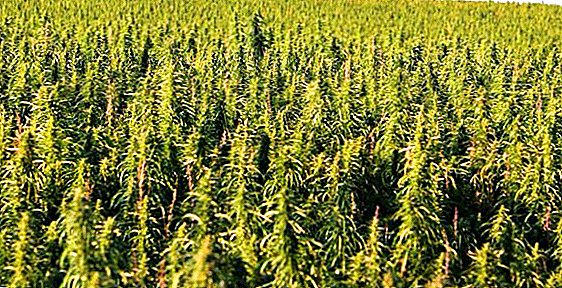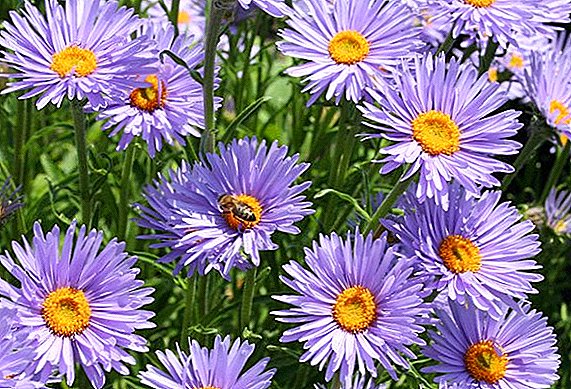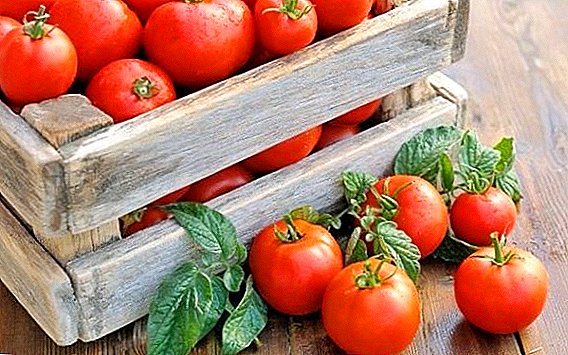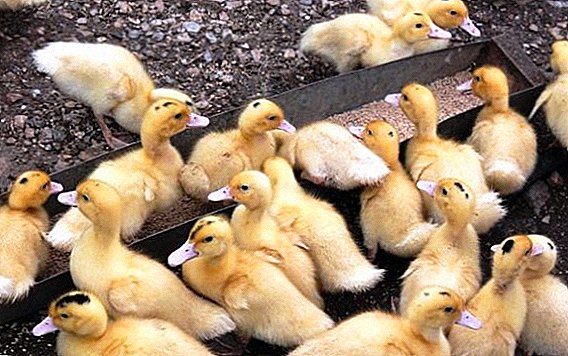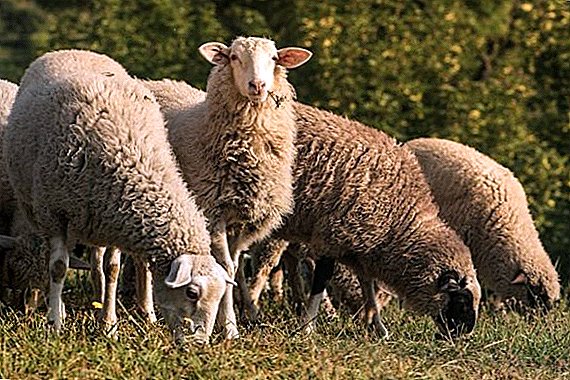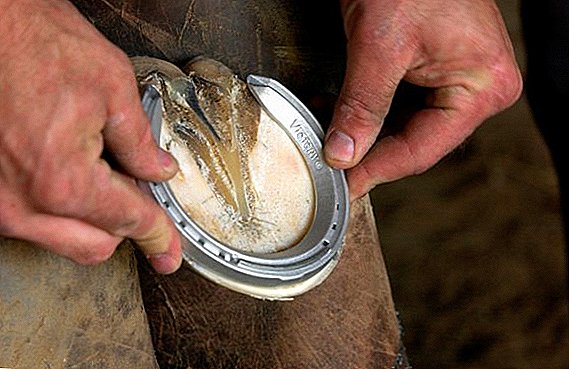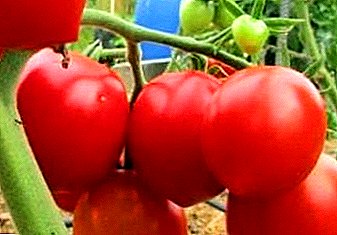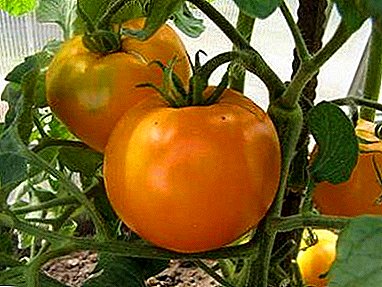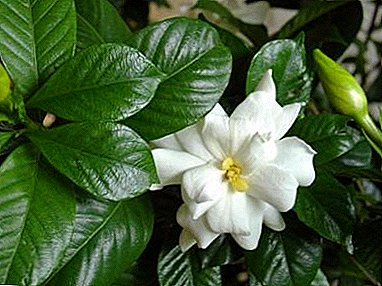
In the madder family there is an incredible flower called gardenia. He needs constant and proper care, consisting in systematic watering, stable temperature.
If all these requirements are met, then the plant will give amazingly beautiful and fragrant flowers. But what are the ways of breeding gardenia? Read about this in detail in our article.
What is this flower?
 Gardenia, as noted earlier, belongs to the madder family. It includes about 250 species (in detail about the types of gardenias and popular varieties of plants, read our material). A flower grows in the subtropical forests of China and Japan. These are small trees and evergreen shrubs. Strong shoots pubescent, the leaves are opposite, glossy.
Gardenia, as noted earlier, belongs to the madder family. It includes about 250 species (in detail about the types of gardenias and popular varieties of plants, read our material). A flower grows in the subtropical forests of China and Japan. These are small trees and evergreen shrubs. Strong shoots pubescent, the leaves are opposite, glossy.
Flowers gather in shields, sometimes grow one by one. At home, the most common gardenia jasmine. This plant tolerates pruning. But despite the fact that you can easily form a crown, the flower is very fastidious to care.
Growing methods
There are only two methods available for flower propagation - cutting and seed. But it is believed that the seed method is the most difficult and almost not giving the result (how to grow gardenia from seeds at home, read here). The most popular is grafting.
Details on how to prepare the soil and transplant gardenia at home, we described in this article.
Reproduction by cuttings
This plant is considered difficult rooting. It is more correct to chop off during the period of winter pruning (the end of winter is the beginning of spring until April). Re-grafting is allowed in summer - before floweringbut no later than June-July. For cuttings suitable apical half lignified cuttings from last year's shoots of 8-12 cm with leaves.
For rooting substrate is suitable, as for cuttings of roses. It should be loose, light, airy, permeable to moisture and air. Suitable mixture of sand, turf, vermiculite. Coconut fiber and perlite should be used because of the presence of calcium in them. There is the option of rooting cuttings in peat tablets. There are still cases of rooting in the water.
The process of planting cuttings:
- The bottom cut should be flat and smooth.
- The stalk should be inserted into the ground at 1-1.5 centimeters, but the lower leaves should not touch its surface.
- Too large leaves on the cuttings are shortened by a third, in order to prevent them from evaporating a lot of moisture. Next to the uppermost sinus, the leaves are not cut, there is a growing point.
- On the handle you need to leave at least a couple of leaves, so that they feed the plant before the roots.
Better than others, cuttings are accepted that were planted near the side of the bowl.
Watch the video on breeding gardenia cuttings:
How to root sprouts?
 The rooting process is very slow, at least 3 weeks. But not always in the end success is expected, since it is important for the flower to provide heating of the substrate from below, as well as constant temperature support of +24 degrees, and better than +30. To ensure heating, you can place the substrate in a heat-insulating glass, in which to add hot water, replacing it with heated water from time to time.
The rooting process is very slow, at least 3 weeks. But not always in the end success is expected, since it is important for the flower to provide heating of the substrate from below, as well as constant temperature support of +24 degrees, and better than +30. To ensure heating, you can place the substrate in a heat-insulating glass, in which to add hot water, replacing it with heated water from time to time.- Another option, how to root the cuttings, is to lower the glass with the sprouts into a thermos of hot water for at least 1 week. If the temperature is below +24, then the cuttings are easily able to rot - they acquire a dark color and do not root.
- Greenhouse conditions will also be indispensable - the plant is placed under a transparent cap to ensure the level of humidity and temperature. During the rooting period, no air should flow here, because the substrate should immediately be well moistened and hermetically packed cap.
TIP: It is possible to stimulate the formation of roots by soaking cuttings in a phytohormonal solution (roots, epin, heteroauxin, pennant, zircon).
- After 3 weeks under the package, the first young shoots will be noticeable at the top of the growth from the bosom of the old leaf. After its unfolding (approximately 1 month rooting), it can be transplanted into ordinary gardenia soil.
We use seeds
Another method to propagate gardenia at home is to grow a flower from seeds. Although it is not the most successful and effective method.
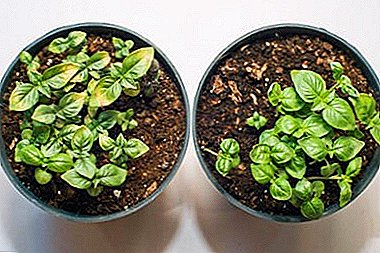 For the cultivation of future good plants will require only fresh seeds, otherwise they quickly lose their germination.
For the cultivation of future good plants will require only fresh seeds, otherwise they quickly lose their germination.- If fresh seeds are present, they must be soaked for the beginning in a growth stimulator. Aloe or zircon juice is used more often. In the solution to withstand them need 2-3 hours. After that, the seed is planted through a strainer on the soil mixture. On top of them sprinkled with soil for azaleas or a mixture of sand, leafy soil, peat, coniferous and soddy soil.
- The layer should not exceed 5 mm. Watering the plant by all means, including ramming. In addition, the container for growing covered with glass or film. For germination you need a warm place (+25 degrees), morning 1-2-hour airing every day.
- Shoots appear no earlier than 1 month. But if the process falls in the winter, then you should remember that the plant loves the light. New sprouts required dosachivyvat, spray and water.
Watch a video about growing gardenia from seeds:
Further care
To see the first flowers a year after rooting, need to follow basic rules of care:
- strict temperature conditions;
- top dressing;
- correct watering.
So, consider the main points of garden care.
Lighting
Good light is required almost around the clock. On the south side, the light is enough, but the direct rays of the sun can do harm. On the north - there is little light, because the window that is located on the east or west side is suitable for the plant. In winter, you can not tolerate a flower or twirl it in different directions.
Temperature conditions
In winter and summer, the plant requires a different mode. In the warm season, for flowering and development, the plant needs about +22 degrees. During the cold season, the buds are actively budding for flowering, therefore wintering is required and temperatures range from 16 to 21 degrees.
Watering and moisture
 Gardenia need strict adherence to water balance, with the rules changing during different periods and in different seasons. It is for this reason that the plant is considered capricious. During active growth and development, the plant should be watered abundantly., but after complete drying of the topsoil.
Gardenia need strict adherence to water balance, with the rules changing during different periods and in different seasons. It is for this reason that the plant is considered capricious. During active growth and development, the plant should be watered abundantly., but after complete drying of the topsoil.
In spring and autumn, gardenia requires watering 2-3 days after the topsoil dries out. And in winter, watering is reduced, water nutrition is minimal. For watering water needs a little warm, settled and purified. It will rain. You can from time to time in the water to add lemon juice.
For the full growth of gardenia requires high humidity. It is important in the period of budding. While the buds are closed, the plant should be sprayed every day. But after their disclosure you need to stop it. During the flowering period, a small container with water is placed next to the flower to maintain humidity.
Top dressing
IMPORTANT: For active development and growth of a plant, fertilizing with liquid fertilizers is required. Compound fertilizers will be suitable for flowering plants, but during the application period it is necessary to reduce the fertilizer saturation level by 2 times.
To reduce the acidity of the soil during the budding and flowering period, preparations with iron will be required.
If the roots have grown so that they have occupied the whole bottom of the pot, then organic and mineral supplements can be applied.
Watch a home gardening video:
- is sick;
- does not bloom;
- subjected to leaf diseases.
Conclusion
Gardenia is considered not only an ornamental plant, but also a home healer (about the healing properties of the essential oil, which is useful for extracting stem cells, read here). The people apply its fruits, flowers and roots. With them prepare broths and infusions. The flower has many healing qualities. But today's flower growers love it more for its decorative qualities and its pleasant aroma.


 The rooting process is very slow, at least 3 weeks. But not always in the end success is expected, since it is important for the flower to provide heating of the substrate from below, as well as constant temperature support of +24 degrees, and better than +30. To ensure heating, you can place the substrate in a heat-insulating glass, in which to add hot water, replacing it with heated water from time to time.
The rooting process is very slow, at least 3 weeks. But not always in the end success is expected, since it is important for the flower to provide heating of the substrate from below, as well as constant temperature support of +24 degrees, and better than +30. To ensure heating, you can place the substrate in a heat-insulating glass, in which to add hot water, replacing it with heated water from time to time. For the cultivation of future good plants will require only fresh seeds, otherwise they quickly lose their germination.
For the cultivation of future good plants will require only fresh seeds, otherwise they quickly lose their germination.